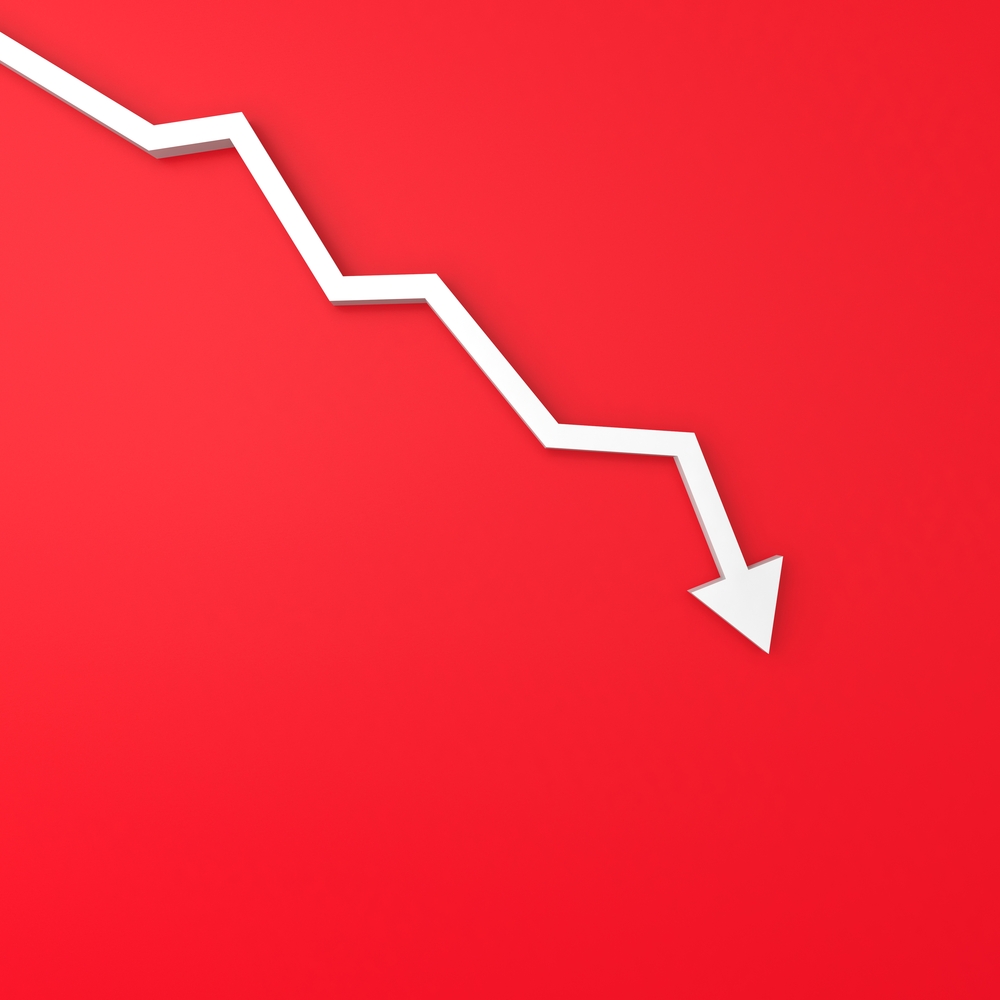
Monetary Policy & Inflation | US

Monetary Policy & Inflation | US
Following in the footsteps of S&P in 2010, Fitch has downgraded the US to AA+ stable outlook from previously AAA.
This article is only available to Macro Hive subscribers. Sign-up to receive world-class macro analysis with a daily curated newsletter, podcast, original content from award-winning researchers, cross market strategy, equity insights, trade ideas, crypto flow frameworks, academic paper summaries, explanation and analysis of market-moving events, community investor chat room, and more.
Following in the footsteps of S&P in 2010, Fitch has downgraded the US to AA+ stable outlook from previously AAA. The two reasons Fitch cited were the increased government leverage and dysfunctional fiscal policy making. Basically, Fitch has had enough of debt ceiling standoffs and last-minute resolution.
I do not expect any lasting market reaction to this news as:
Following yesterday’s move, there are only two countries not under review with a AAA rating from Fitch: Denmark and Luxembourg. All other AAA countries are under review (Australia, Germany, Netherlands, Sweden, Norway, and Singapore). Luxembourg is the only country in the world rated AAA with no reservations by the big three (Moody’s, S&P, and Fitch).


Spring sale - Prime Membership only £3 for 3 months! Get trade ideas and macro insights now
Your subscription has been successfully canceled.
Discount Applied - Your subscription has now updated with Coupon and from next payment Discount will be applied.